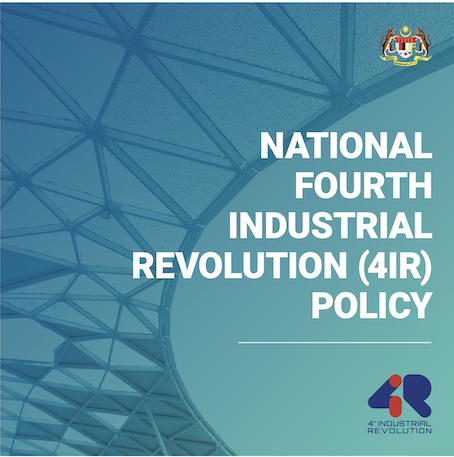BIM and OSH
Prepared by Ir. Dr. Mohd Fairuz bin Ab Rahman, Ts. Nazruddin bin Mat Ali, Mohamad Syamir bin Senin
1. BIM – Building Information Modelling is a collaborative way of working supported by the digital technologies which enable more efficient methods of designing, delivering and maintaining physical built assets.
2. The launching of National Fourth Industrial Revolution (4IR) Policy necessitates the DOSH as an enforcement agency to understand how modern digital technologies, such as BIM, can benefit the occupational safety and health (OSH) performance on construction sites.

3. The gained benefits are not just for the large scale projects, in fact, medium-sized projects can also benefit from the improved precision of design, and ability to enhance collaboration within project teams through information modelling.
4. BIM, properly applied, can help project team to exercise their roles in OSHCIM Guidelines.
5. Some of the identified benefits are:
- Talking around models helps construction project team identify and reduce risks in planning;
- Modelling the site environment helps plan logistics, assure good access and egress, and can control risks to the public;
- Using integrated models for clash detection is very powerful, for examples, in reducing time spent on site adjusting pipe runs and reduces exposures to risks of cutting holes in concrete;
- Adding a timeline, and animating sequences of construction can help designers to model many times;
- Collaborative reviews between clients, designers and constructors before starting work on site can identify problems, find solutions and identify ways of reducing time. Efficiency, getting it right first time, avoids waste, stress and accidents that occur when work has to be changed at the last minute. Better collaboration results in better OSH performance.
6. Beyond the design process, more benefits are gained when OSH information is generated, shared and stored for re-use by others on site or in future projects, for example, as part of the Safety and Health File.
7. Models created in the design process can be re-used, for example to develop visual method statements and to show how maintenance operations should be carried out. Facilities managers can use the as built model to help making decisions and risk assessments.
8. BIM should be adopted with the implementation of Common Data Environment (CDE) whereby stakeholders collaborate collectively in real-time on single source cloud-based information system that can help with access to: safety and health information; existing information and obtaining design information from other designers. These can be used to review safety and health hazards, obtain pre-construction information, record significant risks and how they are to be managed or controlled and avoid clashes between design elements, such as plant and structural components.
9. Some of the BIM application and benefits are presented in this video:
For further information on this video, please contact:
Ts. Louis Tay CS
This email address is being protected from spambots. You need JavaScript enabled to view it.
Technological Association Malaysia
10. The introduction of BIM, which involves the management of the digital records for the plan, method and other documents, ensures that all documents relevant to design and construction are expected to be stored electronically.
Reference:
HSE, UK Website. https://www.hse.gov.uk/construction/lwit/bim.htm.















